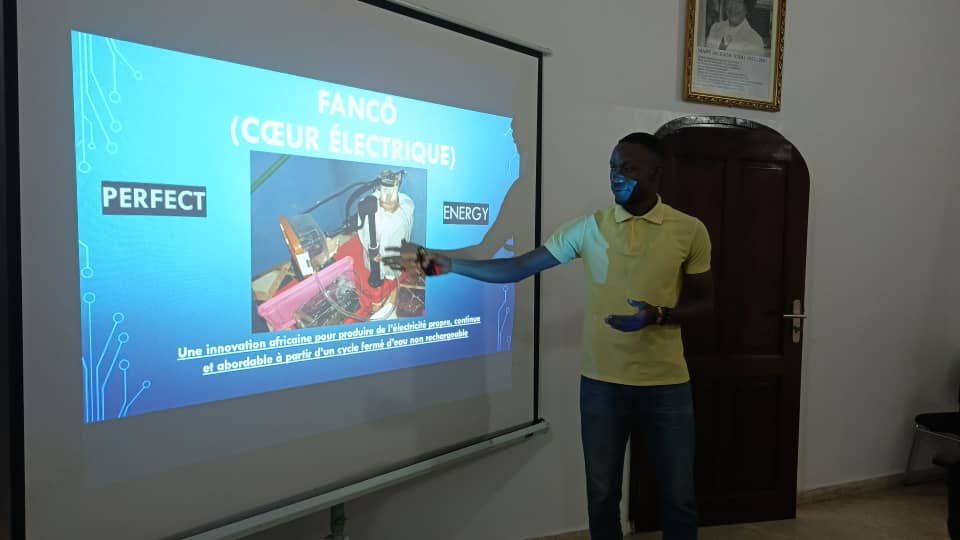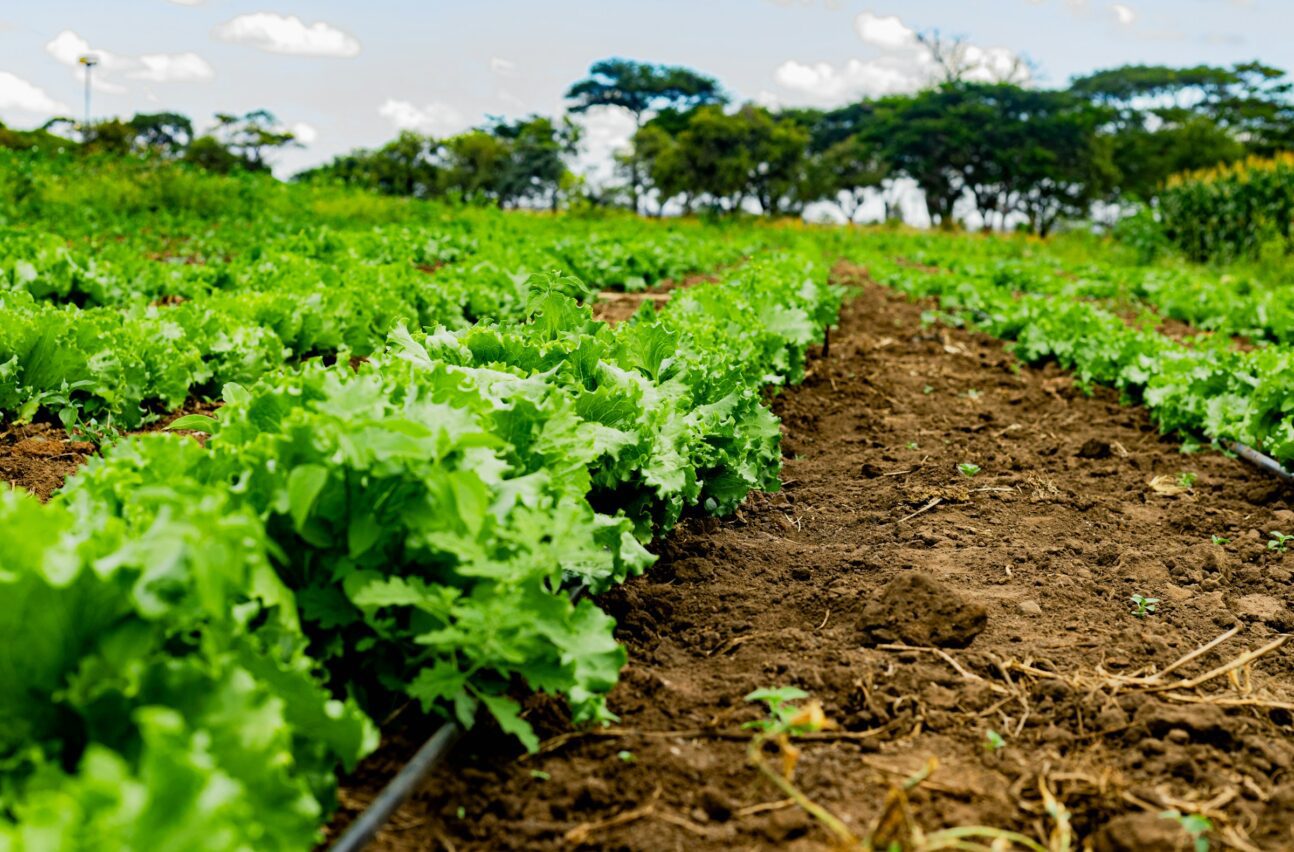SGCI News
Martinha spends 80 Meticais (2.54) for a round trip to buy a 20 litre bucket of both Mapfilua or Monkey oranges and then sells in small portions for 50 meticais…
Martinha spends 80 Meticais (2.54) for a round trip to buy a 20 litre bucket of both Mapfilua or Monkey oranges and then sells in small portions for 50 meticais ($.79 cents). These fruits and plants are turning into a business commodity and the locals are yet to be informed about their value and importance.
“What motivates me is that I know I will be trained on the basic training on processing these native fruits. I that heard some people in this district benefited from the activities of the collaborative research project carried out in Namibia and Mozambique. So I know that one day my turn will come and I will not be by the road side forever”, Martinha said.
She added that she wants to be like other people she has seen making yoghurts from native fruits in her village.
Speaking to this publication, in agreement to the sentiments, head of International Cooperation at Mozambique’s national Research Fund, FNI, Edson Faria, said if people in some districts of southern Mozambique can be trained on how to process native fruits and vegetables to add value, it will lead to food security and economic growth because the country will be selling and consuming their own products.
According to Faria, as a way to educate the communities about environment conservation, the government of Mozambique, through the National Research Fund, FNI Under the auspices of the Science Granting Councils Initiative (SGCI), has carried out a study of the perception of the local actors about the causes of deterioration of the fruit trees, as well as their economic, social, and environmental importance.
Read more here:
Related News
Powering Africa’s science through stronger councils
Strengthening national science granting councils is emerging as one of the most effective pathways for improving how African countries finance and govern science for development. This was the focus of the thematic session on Financing Science for Impact held during the Science Forum South Africa…
Councils seek solutions to research financing crisis
African countries are working to strengthen research quality, ethical practice, and grant management through the Research Excellence and Good Financial Grant Practices Workshop. The Science Granting Councils Initiative (SGCI), together with the Association of African Universities and Senegal’s Ministry of Higher Education, Research and Innovation,…
Innovation awards boost Côte d’Ivoire’s national research drive
The Fund for Science, Technology and Innovation (FONSTI) opened the audition phase for the FONSTI Innovation Prize 2025, marking a decisive moment in a process launched earlier this year to strengthen Côte d’Ivoire’s innovation ecosystem. The auditions follow the official launch of the inaugural Innovation…
SGCI funded projects
Rwanda’s integrated approach to sustainable agriculture and nutrition
Project Titles & Institution Areas of Research Number of Projects being funded Project Duration Grant Amount In-Kind Distribution Council Collaboration with other councils





